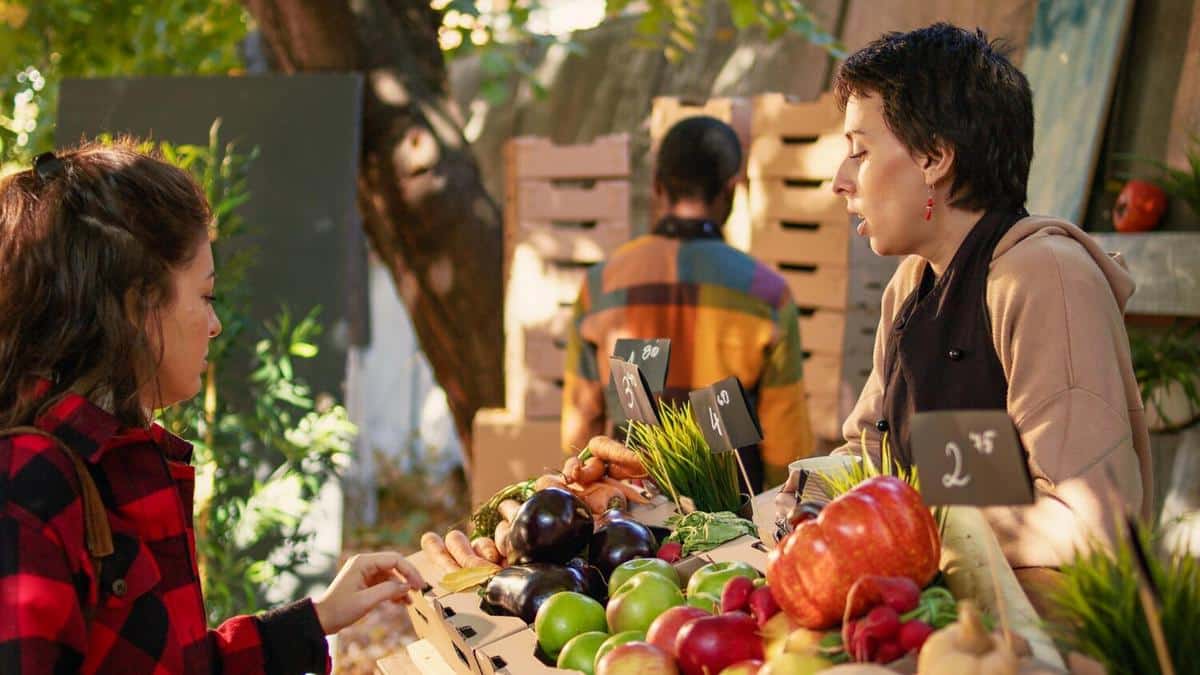
Local Sourcing: How to Eat Sustainably with Seasonal Produce
Exploring the vibrant world of local produce can transform the way we eat, bringing sustainability right to our tables. By aligning our meals with the seasons, we not only support local farmers but also reduce our carbon footprint and enjoy fresher, tastier ingredients.
Why Local Sourcing Matters
Local sourcing, or purchasing food that is grown and produced close to where you live, offers numerous benefits. According to the USDA Economic Research Service, local food systems can strengthen community economies, create jobs, and reduce transportation emissions. Moreover, seasonal produce often requires fewer chemicals and preservatives since it doesn’t need to travel long distances.
Expert Insights
Dr. Mark Smith, a sustainable agriculture expert, highlights, ‘Eating locally and seasonally not only supports local farmers but also ensures that you consume produce at its peak nutritional value.’ This perspective emphasizes the dual benefit of supporting local economies while enhancing health.
The Environmental Impact
Research from the Food and Agriculture Organization suggests that locally sourced food can help reduce greenhouse gas emissions associated with food transportation. By choosing seasonal produce, you’re directly contributing to a healthier planet.
Personal Experience
Last summer, I committed to buying only local produce. Not only did I discover a new appreciation for fresh vegetables, but my meals were more flavorful and satisfying. The direct connection to the source of my food enriched my cooking experience.
Actionable Tips
- Visit local farmers’ markets: Engage with farmers to learn what’s in season.
- Plan meals around seasonal produce: Use seasonal charts to guide your shopping list.
- Start a small garden: Even a few pots on a windowsill can yield seasonal herbs and vegetables.
- Join a CSA (Community Supported Agriculture): This ensures regular deliveries of local produce.
| Season | Fruits | Vegetables |
|---|---|---|
| Spring | Strawberries, Rhubarb | Asparagus, Spinach |
| Summer | Peaches, Watermelon | Tomatoes, Zucchini |
| Fall | Apples, Pears | Squash, Brussels Sprouts |
| Winter | Oranges, Grapefruit | Broccoli, Kale |
Frequently Asked Questions
How do I find out what produce is in season?
Check local agricultural extensions or farmers’ markets for seasonal produce guides.
Does eating locally cost more?
While some items may be pricier, local produce is often competitively priced since it doesn’t incur large transportation costs.
What if I can’t find a farmers’ market near me?
Look for local produce sections in grocery stores or join a CSA for farm-to-table deliveries.
Conclusion
Embracing local sourcing and seasonal eating is a powerful way to support sustainable practices. By making these choices, you contribute to a more resilient food system, enjoy fresher ingredients, and play a part in environmental conservation. Start today by exploring your local food options and savor the taste of sustainability.